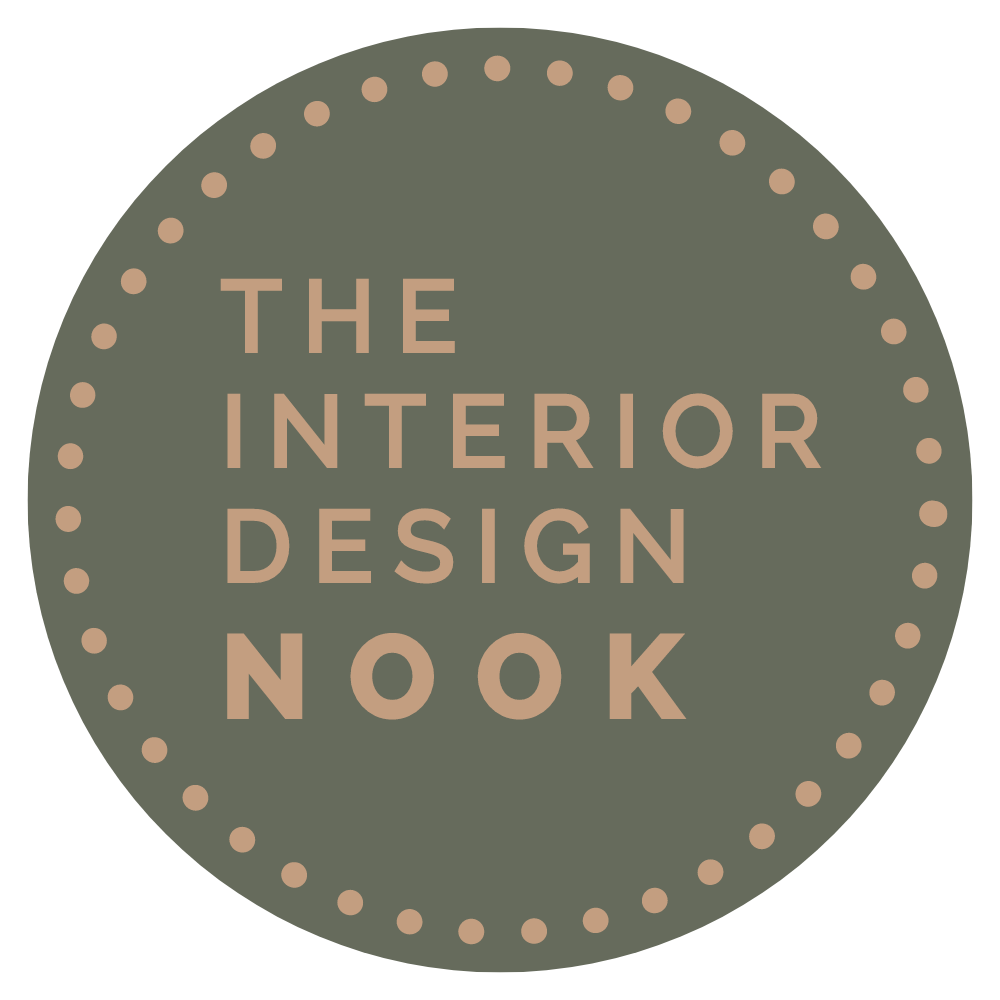Let’s talk about colour
Colour is the most important part of any product. Unlike scale, shape or texture, colour stimulates the same neurons in the brain as our most powerful emotions. It’s colour that you connect with.
Have you ever noticed when you’re shopping, whilst it’s easy to see past the shape or scale of something because you love the colour, you have to look twice to see the potential in something that’s just right in all other respects but the colour is wrong?
Interior design decisions are made up of all these factors, shape, scale, texture, colour and function. When designing, I always start with the functional decisions which impact how a space is used and will work, so that I can make sure it makes my clients’ lives easier and more comfortable. That sets the foundations to delve into colour – it’s not the cherry on the cake, it’s the meat of the sandwich! It’s the emotional connection to the space and the things within it, and it’s never just subjective.
Colour psychology
There’s always a reason you like or dislike a colour and these are either personal, cultural or psychological. For example, I don’t like lime green because I associate it with questionable fashion from my childhood (personal), it is often used for plastic kids’ toys so doesn’t feel right for an interior (cultural), and it makes me feel on edge and irritated (psychological).
You can break through colour barriers once you understand this – for example I love an ochre-brown colour, and my personal connection is an Anne of Green Gables paper cut out doll I had when I was young. She had a rather flamboyant brown dress which was secretly my favourite, but I felt I wasn’t ‘allowed’ to like it because culturally, brown is seen as drab. I didn’t realise this until I bought a washed cotton duvet that I had expected to be a bold mustard colour but turned out to be ochre. When I looked at this in combination with my plaster pink walls and dark burgundy jumper, I felt like I’d finally come home. I realised that my ochre brown is not drab, it’s got a lot of warmth to it making it rich and grounding, and I’ve got it all over my soft furnishings now!
Beware what you read
Usually, the study of colour focuses on the psychological effects of colour, and how this can therefore influence people’s behaviour. We have all learnt red for passion, blue for calm, etc. Unfortunately that’s far too simplistic, and there isn’t a lot of concrete science to back up these assumptions.
There’s a lot of misinformation out there, including from reputable sources, simply based on what everyone has always thought rather than being scientifically tested. Blue doesn’t really make everyone calm. The physical responses we have to colour can’t be totally detached from cultural and personal influences either, so your personal response is made up of a combination of all three elements. One of the most interesting parts of my job is unpicking this with a client and finding out their individual emotional responses to colour.
Finding your palette
So before you ask what are the paint colour trends for 2022, let’s stop and think about what will make you happy? Here’s an activity I do with my clients, why don’t you have a go? A good place to start is to think about visual things which appeal to you:
Clothes – think about your wardrobe, but forget the comfort, and forget the things you bought because they ‘go with everything’. What colours do you wear? What colours do you admire others wearing? Do you wear different colours in the summer and winter, and if so which do you feel more content in?
Landscape – what’s the best view in the world, in your opinion? Do you love a night-time cityscape, a tropical beach, a cottage garden, the mountains, the meadows or the rainforest?
Films – try to detach the art direction from the storyline. What films do you find visually appealing? Are you more inspired by Amelie, Grand Budapest Hotel or Ex Machina?
Hospitality – think about hotels and restaurants. Where did you love, not because of the service or the company, but because the space excited you?
Childhood – does the nostalgia of your childhood hold any colour secrets? A favourite toy, blanket or tshirt? The décor of that decade? Your grandmother’s tablecloth? Search for any positive connections with colours, where the colour appeals to you (not just the nostalgic memory!).
Buildings – are there any building you love to be in? A specific library, theatre, gallery or shop. What colours evoke that atmosphere?
Art – what paintings, prints, posters and photos appeal to you? What colours do they use and how are they used – are you drawn to graphic blocks, tonal watercolours, or dramatic oil paintings?
My inspiration images
You can take inspiration from any visual element of life, not just those listed above! Make a collage or moodboard (Canva and Pinterest are good free digital options) of images of those elements you’ve identified. Then pick out the colours the appeal to you most, playing around until you have a set that go well together. Canva, Photoshop and Coolers (website) all have pipette tools where you can pick the exact colour from an image, but you can also just use paint charts.
Finding my colour palette
Using the colour palette for my bedroom
Have a go and let me know how you get on in the comments below or over on my Facebook page! If you’d like to explore your personal relationship to colour in more depth, why not book my Colour & Style Consultation for a room in your home today?









